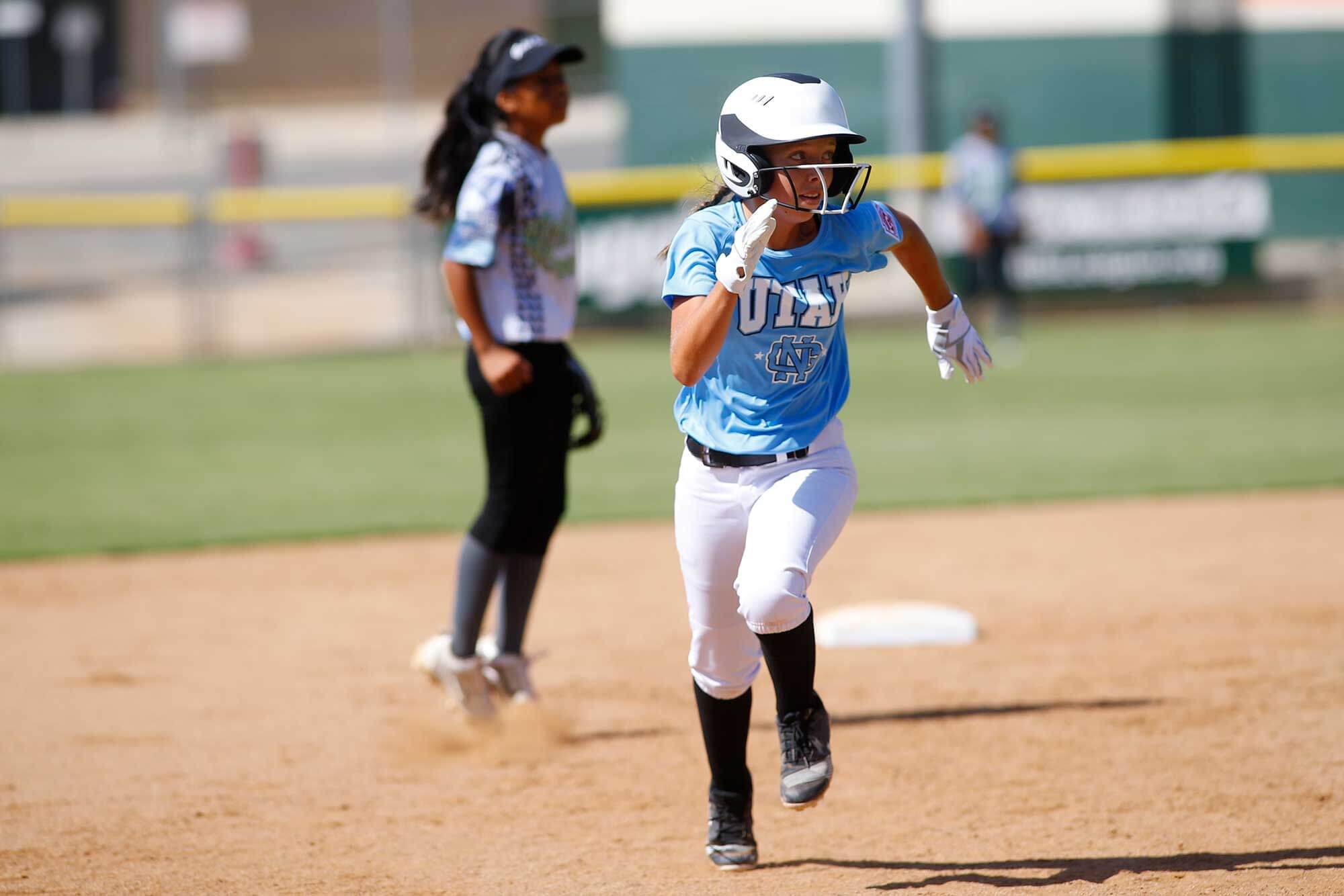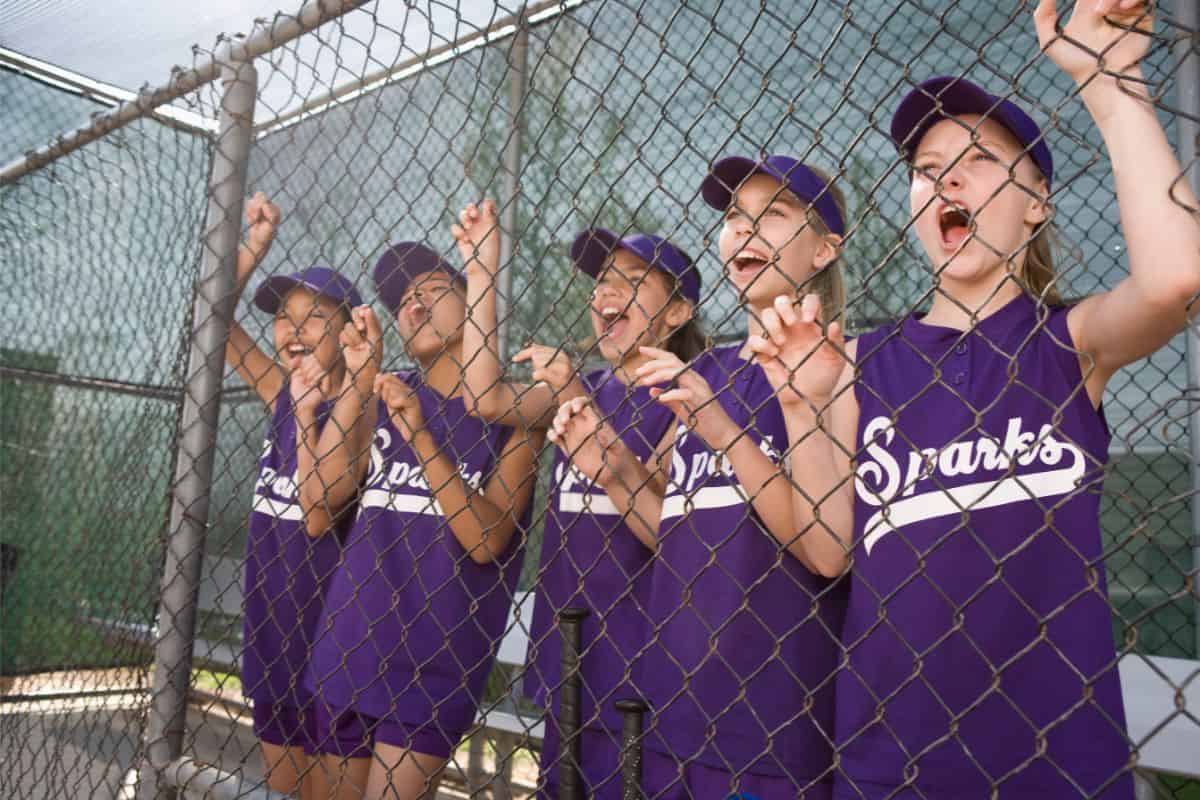Baseball is America’s beloved pastime and a rite of passage for millions of children each year. From t-ball through high school, kids eagerly await the start of baseball season. While the excitement builds with each pitch, many parents wonder just how long their child’s games will last. The duration of kids’ baseball games varies depending on several factors. However, most follow a similar structure with predictable timing.
Understanding the typical length and key variables can help families plan their busy seasonal schedules. This guide provides an overview of common game durations and the primary elements impacting the clock. With the right insights, parents can confidently pencil in game days on the calendar.
Inning Length
The number of innings in a kids baseball game depends on the age division and league. In Little League for ages 4-8, games are typically set at 6 innings. In Tee Ball for ages 4-6, games last around 60-90 minutes over 4-6 innings. At the coach pitch level for ages 6-8, games average 6 innings lasting about 90 minutes.
In Little League for ages 9-12, games average around 2 hours 15 minutes over the standard 6 innings, according to the same source. The official Little League rules allow for 6 innings with limited pitch counts per player – 85 pitches maximum per day for ages 9-10 and 95 pitches for ages 11-12. This helps regulate game lengths.
For older divisions like Junior League (ages 12-14) and Senior League (14-16), games typically last 7 innings and average 2-3 hours according to this article. The extra inning allows players more game experience at higher levels of competition. However, pitch counts and time limits may still apply to avoid overuse injuries.
Time Limits

Most youth baseball leagues impose time limits on games to keep them from running excessively long. These limits help ensure that games stay within a reasonable timeframe and don’t overtax young players.
The most common time limits for kids’ baseball games are:
- 6 and under – 1 hour
- 7-8 years old – 1 hour 30 minutes
- 9-10 years old – 1 hour 45 minutes
- 11-12 years old – 2 hours
- 13-14 years old – 2 hours
Time limits can be enforced in a few different ways. One approach is to simply end the game when the time limit is reached, regardless of the inning. Another is to complete the current inning when the time is up. Some leagues allow teams to play extra innings if the game is tied when time expires.
Coaches and parents should be aware of the time limits for their league so they can plan accordingly. While limits are necessary, coaches can help speed up play by instructing players to hustle on and off the field between innings. Keeping players focused and minimizing distractions also helps limit wasted time.
Time limits ensure kids get adequate playing time while keeping games a reasonable length. This allows players, coaches and families to avoid excessively long days at the ballpark. Knowing the time limits based on age level sets proper expectations for how long kids’ baseball games typically run.
Factors Affecting Game Length
The length of a youth baseball game depends on several key factors:
-
Player Skill Level: Games tend to be shorter at younger ages as players are still developing fundamentals and have less experience. Older kids with more advanced skills can extend innings and games. According to source, high school varsity games average around 2 hours while Little League games are often 90 minutes or less.
-
Number of Innings: Official baseball games last 9 innings but youth leagues often shorten games. T-ball is typically 3-4 innings while Little League uses 6 innings for ages 9-12. With fewer innings to play, youth games wrap up faster than regulation baseball.
-
Pace of Play: Faster pacing between innings and at-bats reduces downtime and shortens game duration. Pitch limits, base running rules, and time limits also keep youth games moving briskly. Slow, methodical play can drag games out. According to source, higher skill levels feature more strategic play calling which extends game time.
By Age

The length of youth baseball games can vary significantly depending on the age group playing.
Here’s an overview of typical game durations by age:
-
Tee-Ball (ages 4-6) – Tee-ball games usually last 1 hour to 1 hour 15 minutes. In tee-ball, players hit off a batting tee rather than pitch. With no strikeouts and walks, the pace of play is faster than older ages. Tee-ball games are typically 3-4 innings.
-
Coach Pitch (ages 6-8) – Once kids start hitting pitched balls, games get a little longer. Coach pitch games last on average 1 hour 30 minutes to 1 hour 45 minutes. With coaches pitching, the game moves faster than player pitch. Coach pitch games are usually 4-5 innings.
-
Little League (ages 9-12) – When kids start pitching to each other in Little League, games average around 2 hours 15 minutes. With more strikeouts, walks, and base runners, there is more downtime between pitches and action. Little League games are standard 6 innings.
-
High School – At the high school level, games average around 2 hours 30 minutes, with many going longer. The 7-inning regulation and more at-bats lengthen games compared to Little League. Pitching changes also extend games.
Regional Differences
Game lengths can vary significantly by region and league. For example, Little League games in the southeastern United States tend to be shorter on average than those in the northeast, likely due to warmer temperatures that allow for more games per day [1]. Regional tournaments and championships also have stricter time limits, with games at the Little League World Series limited to 2 hours and 30 minutes max [2]. Time limits help ensure that multiple games can be completed each day.
Regional differences are also seen at higher levels of youth baseball. Big league games for ages 15-18 average around 2 hours [3], while junior league games for ages 13-14 are often closer to 1 hour 30 minutes. Climate, field availability, and scheduling all factor into typical game lengths. Ultimately, regional and league norms dictate the pace and duration of play.
Weather Impact

Weather conditions can significantly impact the length of a baseball game. Games may be delayed or postponed due to inclement weather like rain, snow, lightning, high winds, etc. The official rules state that the umpire crew chief makes the decision to suspend play once the weather becomes dangerous for players.
The length of a weather delay can vary greatly depending on the severity of the conditions. For a mild rain shower, the delay may only last 10-30 minutes before play resumes. But for a severe thunderstorm or downpour, the delay could last over an hour, or even cause the game to be postponed to the next day.
Delays not only add time while waiting for the weather to clear, but they can also disrupt the flow of the game. Pitchers may need extra warm up pitches if sitting for an extended delay, and players’ muscles can cool down and tighten up. As a result, the pace and quality of play following a weather delay is often slower.
The impact weather has on game length is most noticeable in locations prone to frequent storms during the baseball season. In areas like Florida, Texas, and the Midwest, seemingly endless rain delays can drag 9 inning games out to over 4 hours long. Careful monitoring of weather radars by umpires can help limit delay times when possible.
Overall, weather delays are an unpredictable factor that can tacking on minutes or hours to youth baseball games. Being flexible and having backup indoor activities planned is key for teams in stormy regions.
Playoff Games
Playoff and championship games tend to run longer than regular season games since there is more at stake and teams are more evenly matched. According to the official Little League tournament rules, there is no per-inning time limit or overall game time limit in the playoffs. The games will continue for the full 6 innings no matter how long it takes.
The games only end early if one team has a lead of 10 runs or more after 4 innings (or 3 1/2 innings if the home team is ahead). Otherwise, any tie games will continue into extra innings until a winner is determined. Some tournament games have been known to exceed 3 hours given the high competitiveness and lack of time restrictions.
Since the games are untimed, it is hard to predict exactly how long they will last. However, most playoff games range from 2 – 3 hours in length depending on the number of pitching changes, scoring, and innings played.
How to Shorten Games

There are several strategies that can help speed up the pace of play and shorten the length of kids’ baseball games:
-
Enforce pitch limits. Setting a maximum number of pitches per inning helps move the game along. For example, limiting pitchers to 15 pitches per inning in the younger age groups keeps at-bats short.
-
Use a pitch clock. Requiring the pitcher to deliver the ball within a set time, like 20 seconds, reduces time between pitches. Pitch clocks are commonly used in college and professional leagues to improve pace of play.
-
Limit trips to the mound. Coaches making frequent trips to meet with the pitcher is another source of delays. Limiting teams to one or two mound visits per inning unless they make a pitching change helps keep the game moving.
-
Encourage batters to stay in the box. Hitters stepping out of the batter’s box between pitches adds to downtime. Umpires can gently remind batters to remain in the box and be ready between pitches.
-
Enforcestricter rules on throwing over to first. Limiting pickoff attempts helps avoid unnecessary throws over to first base. Some leagues enforce rules about how often pitchers can throw over or step off the rubber.
-
Reduce warm-up pitches between innings. Pitchers don’t need excessive warm-ups between innings. Umpires can be diligent about allowing only the mandated number of pitches, often 5 or less.
-
Keep players engaged. Coaches should prep players to hustle on and off the field between innings to avoid lulls. Keeping players active and the game moving is key.
Speeding up the pace results in more engaged players and fans. It also allows time for more innings to be played during the allotted timeframe. Reasonable limits that maintain the integrity of the game can successfully shorten kids’ baseball games.
Conclusion
How long kids’ baseball games last can vary quite a bit depending on the age group, region, and conditions. Generally though, most regular season baseball games for kids aged 8-12 take around 1.5-2 hours. Games tend to run longer at older ages like high school varsity level, where they average 2-2.5 hours. Weather delays, extra innings, and playoff atmosphere can also extend game times.
Regional differences impact game duration as well – southern states tend to play longer games on average than northern states. Despite the variance though, most youth league baseball organizers try to limit games to 2 hours or less, to prevent overtaxing young players’ attention spans and busy family schedules. Coaches have options like pitch limits, time limits between innings, and slaughter rules to help control game lengths. In the end, as long as the kids are having fun competing, it usually doesn’t matter too much whether a game wraps up in 90 minutes or 2 hours. The life lessons and memories will last well beyond the final out.








